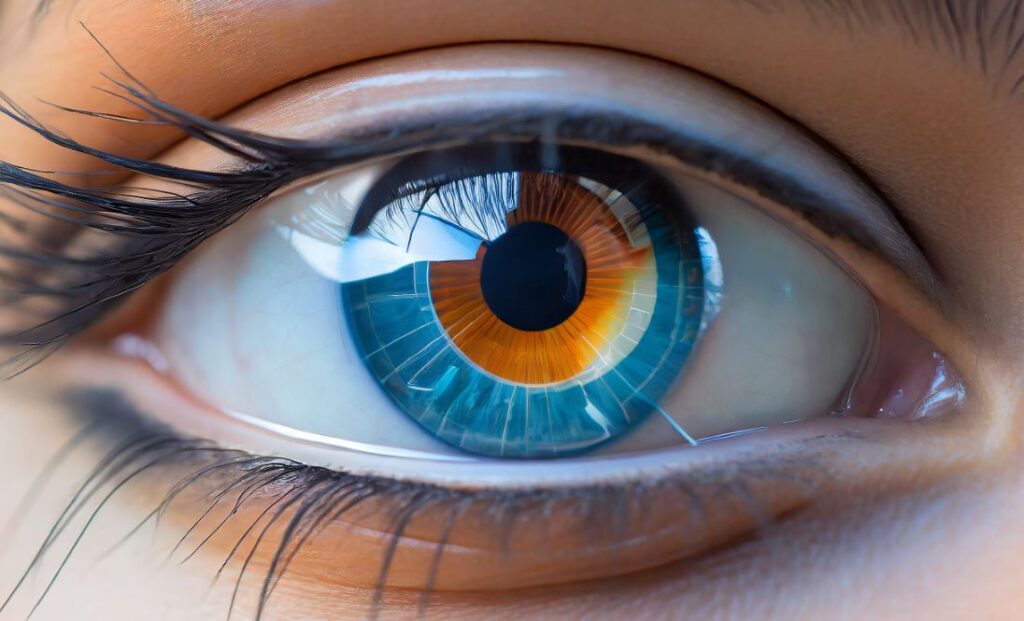Preserving Vision: Essential Eye Protection Tips
Prioritize eye safety with these essential tips. Wear appropriate eye protection, such as safety glasses or goggles, in work environments with potential hazards. Ensure proper fit and coverage for maximum protection. Replace damaged or scratched eye protection promptly. Use eye protection during sports or recreational activities with the risk of eye injury. Avoid looking directly at bright lights and use UV-blocking sunglasses outdoors. Practice good hygiene to prevent eye infections, and stay mindful of your overall eye health. Implementing these habits promotes long-term eye safety and well-being.

Advantages of Eye Protection Practices:
- Reduced risk of eye injuries and accidents.
- Enhanced safety in work environments with potential hazards.
- Prevention of eye damage during sports or recreational activities.
- Protection against harmful UV rays and bright lights.
- Reduced likelihood of eye infections through good hygiene practices.
Wear Appropriate Eye Protection:
Use safety glasses, goggles, or face shields designed for the specific task or hazard you are facing. Ensure they provide proper coverage and meet safety standards.
- Wear appropriate eye protection such as safety glasses, goggles, or face shields.
- Ensure they are designed for the specific task or hazard you are facing.
- Choose eyewear that provides proper coverage and meets safety standards.
Replace Damaged Eye Protection:
Inspect your eye protection regularly and replace any damaged or scratched equipment. Damaged eyewear may compromise its protective capabilities.
- Inspect your eye protection regularly and replace any damaged or scratched equipment.
- Damaged eyewear may compromise its protective capabilities.
- Keep a spare pair of safety glasses in case of damage or loss.
Use Eye Protection in Hazardous Environments:
When working in environments with flying debris, chemicals, or other hazards, always use appropriate eye protection to prevent injuries.
- When working in environments with flying debris, chemicals, or other hazards, always use appropriate eye protection.
- Choose eyewear that provides the necessary protection against specific workplace risks.
- Ensure all workers are aware of the importance of wearing eye protection in hazardous areas.
Follow Workplace Safety Guidelines:
Adhere to workplace safety guidelines and protocols related to eye protection. Employers should provide and enforce proper safety measures for all employees.
- Adhere to workplace safety guidelines and protocols related to eye protection.
- Employers should provide and enforce proper safety measures for all employees.
- Attend safety training sessions to stay informed about the correct use of eye protection.
Keep Hands Clean When Handling Eye Protection:
Ensure your hands are clean when putting on or taking off eye protection. Dirt and oil on hands can transfer to the eyewear, affecting visibility.
- Ensure your hands are clean when putting on or taking off eye protection.
- Dirt and oil on hands can transfer to the eyewear, affecting visibility.
- Use a mild soap and water to clean eyewear if necessary.
Consider Prescription Safety Glasses:
If you require prescription glasses, consider using prescription safety glasses that meet industry standards. Ensure they provide the necessary protection for your specific work environment.
- If you require prescription glasses, consider using prescription safety glasses that meet industry standards.
- Ensure they provide the necessary protection for your specific work environment.
- Consult with an eye care professional to get the right prescription for safety glasses.
Avoid Removing Eye Protection in Hazardous Areas:
Do not remove eye protection in areas where hazards are present. Keep your eye protection on until you are in a designated safe zone.
- Do not remove eye protection in areas where hazards are present.
- Keep your eye protection on until you are in a designated safe zone.
- Encourage a culture of safety where all workers prioritize wearing eye protection at all times in hazardous areas.
Use Face Shields for Additional Protection:
In situations where additional face protection is needed, use face shields in conjunction with safety glasses or goggles to ensure comprehensive coverage.
- In situations where additional face protection is needed, use face shields in conjunction with safety glasses or goggles.
- Ensure comprehensive coverage to protect both the eyes and face from potential hazards.
- Face shields are particularly useful in environments with splashes or sprays of hazardous substances.
Be Mindful of Flying Objects:
Pay attention to your surroundings, especially in areas where there is a risk of flying objects. Always wear appropriate eye protection to guard against unexpected hazards.
- Pay attention to your surroundings, especially in areas where there is a risk of flying objects.
- Always wear appropriate eye protection to guard against unexpected hazards.
- Report any unsafe conditions or the lack of necessary eye protection to your supervisor.
Educate Co-workers on Eye Safety:
Promote a culture of safety by educating co-workers about the importance of eye protection. Encourage open communication and adherence to safety protocols.
- Promote a culture of safety by educating co-workers about the importance of eye protection.
- Encourage open communication and adherence to safety protocols within the workplace.
- Provide resources and training materials to raise awareness about eye safety.
Disadvantages of Ignoring Eye Protection:
- Increased risk of eye injuries and accidents.
- Greater vulnerability to potential hazards in work environments.
- Higher likelihood of eye damage during sports or recreational activities.
- Exposure to harmful UV rays and bright lights without protection.
- Greater susceptibility to eye infections due to poor hygiene practices.
Things to Avoid for Eye Protection:
Avoid neglecting the use of appropriate eye protection in hazardous environments. Minimize exposure to bright lights without protection. Refrain from using damaged or ill-fitting eye protection. Avoid rubbing your eyes with dirty hands. Steer clear of using expired or contaminated eye drops or solutions. Consult with an eye care professional promptly if you experience persistent discomfort or vision issues.






